
4 minute read
EXECUTIVE BIO
moved into large hyperscale and wholesale site development. We’re not known to everybody, and we like to keep it that way,” explains Van Essen.
“We are not shouting from the rooftops what we do – that doesn't help us in our plans to get the right locations and the right new sites in Amsterdam. So we have a deliberately low profile, but in Amsterdam, we know every street, and every potential building that we could turn into a data centre.
Advertisement
Every year, Switch develops new data centres and adds to its expanding portfolio.
“So we have more than 120MW of data centre capacity in development in Amsterdam. But, when we have bigger customers on board, we might also follow them abroad,” Van Essen adds.
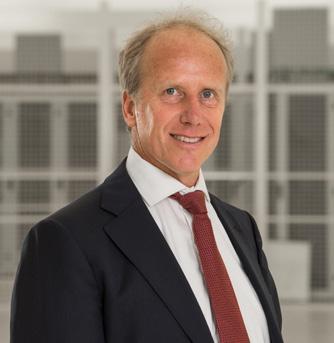
“Our role in the Dutch data centre market is to be the challenger. We’re coming from a relatively small position in retail and, over the last three years, have succesfully
The company was founded to address what they saw as a gap in the market and bring a new approach to the industry.
“Switch Datacenters started 15 years ago by
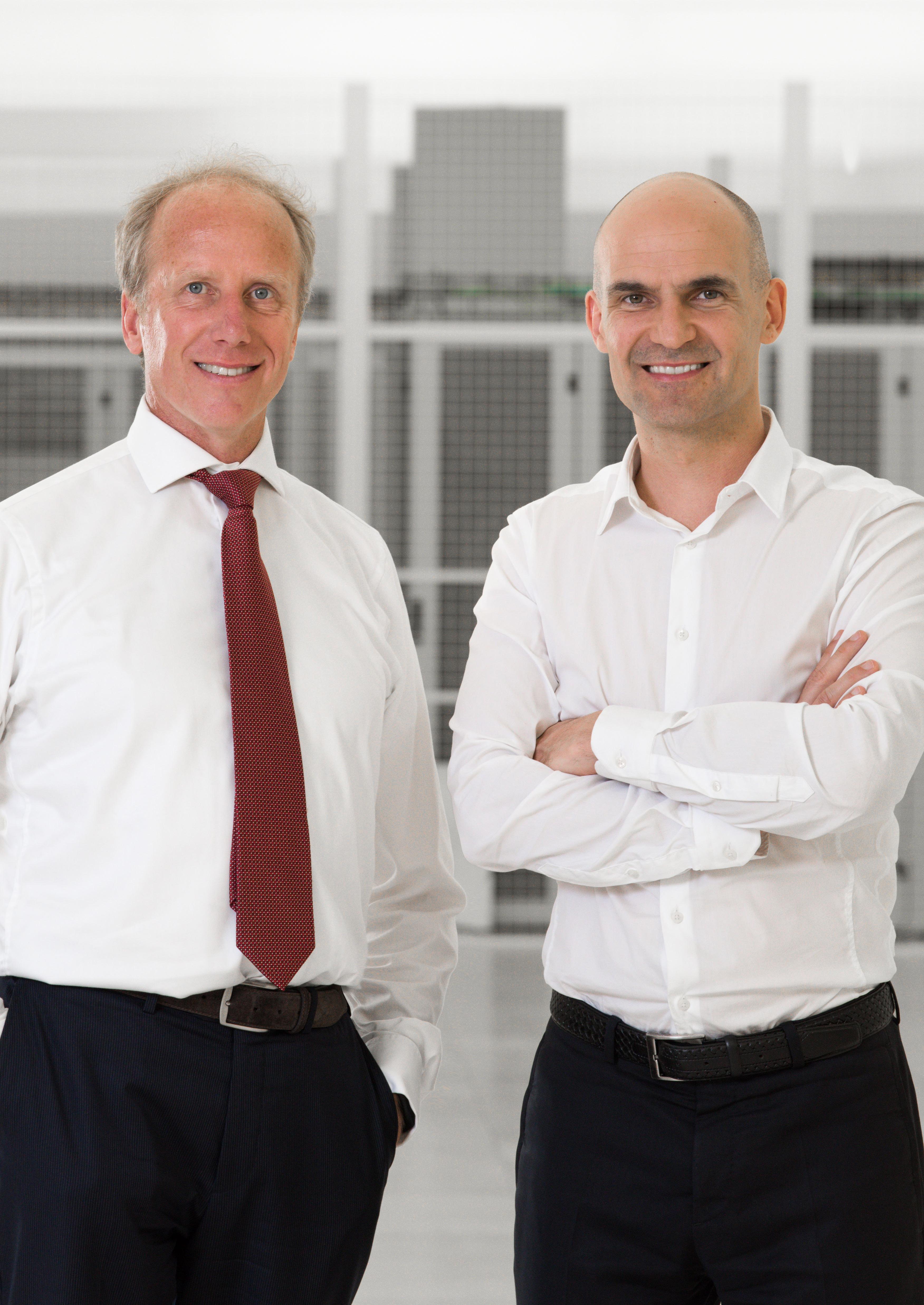
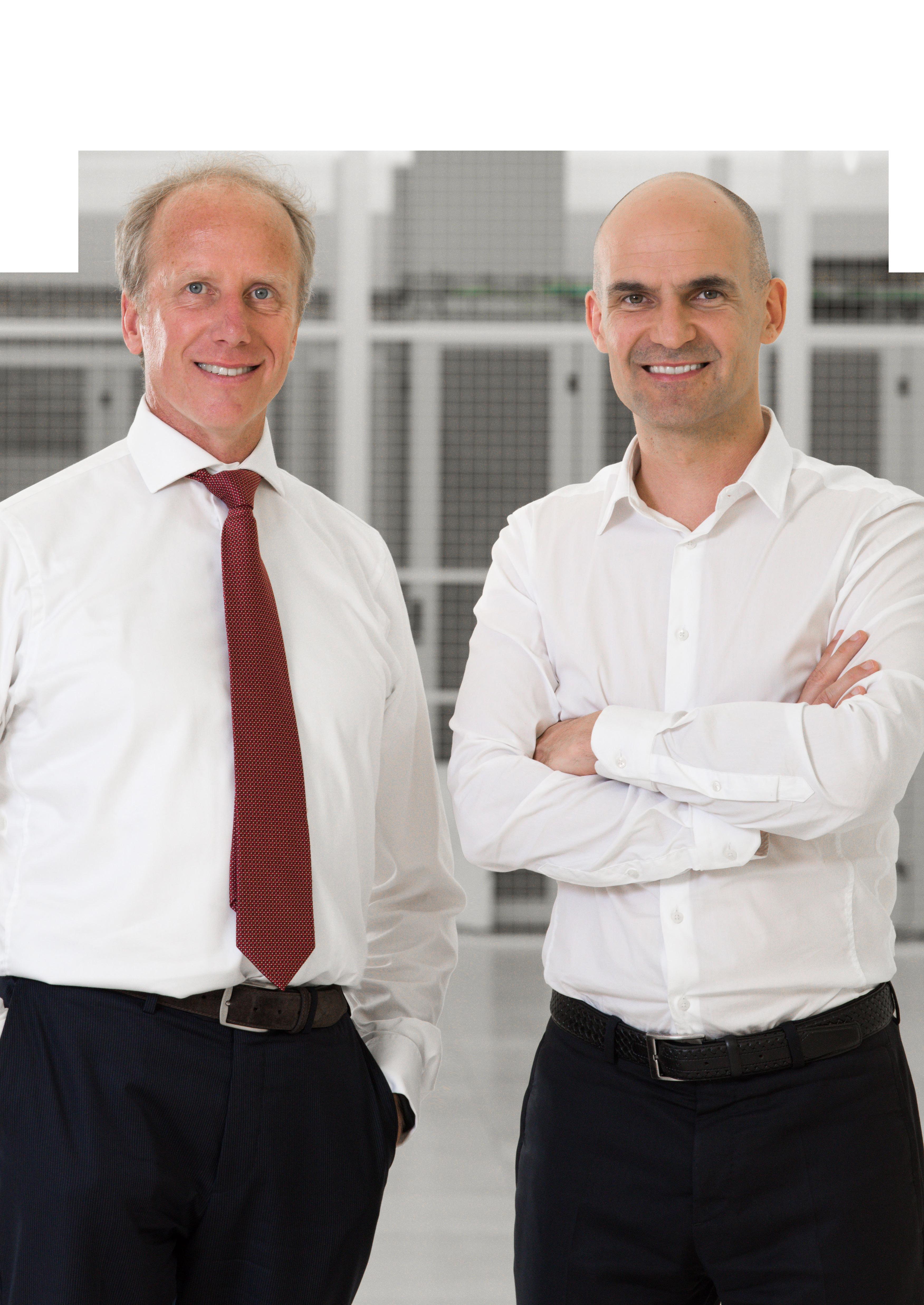
There’s no trade-off for data centres and sustainability
Schneider Electric’s Thierry Chamayou explains why sustainability is a strategic imperative for the data centre industry
THIERRY CHAMAYOU, VICE PRESIDENT CLOUD & SERVICE PROVIDERS EMEA, SCHNEIDER ELECTRIC

“Within the last few years sustainability has moved from a ‘nice to have’, to one of the top three procurement considerations for end-users and operators.” says Schneider Electric’s Vice President, Cloud Service Providers, EMEA, Thierry Chamayou.

Schneider Electric, who has signed the 17 science-based targets that form the foundation of the United Nations’ sustainable development goals has made sustainability a fundamental focus of its operations, positioning itself as one of the world’s leading authorities on net zero. Today the company develops technologies for several critical sectors, including buildings, grids, industrial manufacturing, and of course, data centres. It is here that Chamayou believes data centres are leading the charge and demonstrating that energyintensive industries can be a key enabler for decarbonisation.
Sustainability has indeed become a strategic imperative for data centres, and for businesses embarking on this journey, Schneider Electric is leading by exampleestablishing new innovations and investing significant amounts of revenue in research and development. Chamayou tells us that the company is not only helping organisations improve efficiency and reduce emissions, but is helping business to establish strategies that will enable long-term, sustainable change.
A key example is its position as a leader in the Power Purchase Agreements (PPA) market, where it was recently ranked No. 1 for its NEO Network and Zeigo platforms. These acquisitions have enabled Schneider Electric to simplify the buying process by connecting customers with trusted experts, and offering exclusive market intelligence to accelerate decision making.
Chamayou tells us that there is “no trade-off”, and sustainability is not just good for the planet, it’s now become a central of focus for organisations both in the industry and outside of it. Many businesses, for example, are becoming more climate-conscious, and as such, making significant investments in Greentech to futureproof and safeguard their operations.
In the data centre sector specifically, sustainability has been driven by enduser requirements, pushing operators to measure and prove their environmental impact in a multitude of ways. “One way in which the company is helping here is through its industry-first sustainability framework”, says Chamayou, “helping operators to measure their impact through five key areas – energy, greenhouse gas emissions (GHG), water, waste, land and biodiversity.”
For Schneider, these are vital, as they give data centre organisations fixed and quantifiable metrics for them to measure their progress towards improved sustainability standards.
“Ultimately, creating sustainable change comes down to setting a bold and actionable strategy,” continues Chamayou, “but no two strategies are entirely alike. Each customer will define its ambition in terms of climate impact, and we take a data-driven approach to help them drive change. To do that, we use our global platform with suites of different software, called EcoStruxure™.”
One example is EcoStruxure’s Resource Advisor, which enables customers to unlock greater optimisation, while giving them access to the analytics and reporting tools that are critical to the first phase of improving sustainability. For data centres in particular, this level of transparency and measurability is invaluable.
Interestingly Schneider Electric’s efforts within the space coincide with the publication of several of its recent research papers. One example is ‘Sustainability at the Edge’, exploring the gap between enterprise plans and edge sustainability programs. One of the report’s key findings was the revelation of a ‘perception-versus-reality dilemma’ across much of the industry.
According to the report, “the maturity evaluations of nearly half of respondents (48%) did not match a previous answer,” as many enterprise organisations believe their sustainability programmes are more advanced than they are, in-reality. What’s more, the paper found that 73% of organisations surveyed ranked sustainability as their second-most important business priority. Critically, only 33% say they have created a strategic sustainability plan.
Chamayou tells us that having clear, definable metrics that data centres can use to shape their sustainability strategies will be an immense aid. Through its framework, technologies and expertise, Schneider Electric is helping the industry to create datadriven strategies, where success and progress are measurable.
Sustainability
coincidence, because Gregor (CEO) and his brother were running the first hosting company in the Netherlands.
“They felt really mistreated on pricing, flexibility and customisation. So they decided, typically entrepreneurially, to just build a data centre themselves. They had no clue what it was, but they did that, improved their designs over the years and, actually, they succeeded in doing so.”
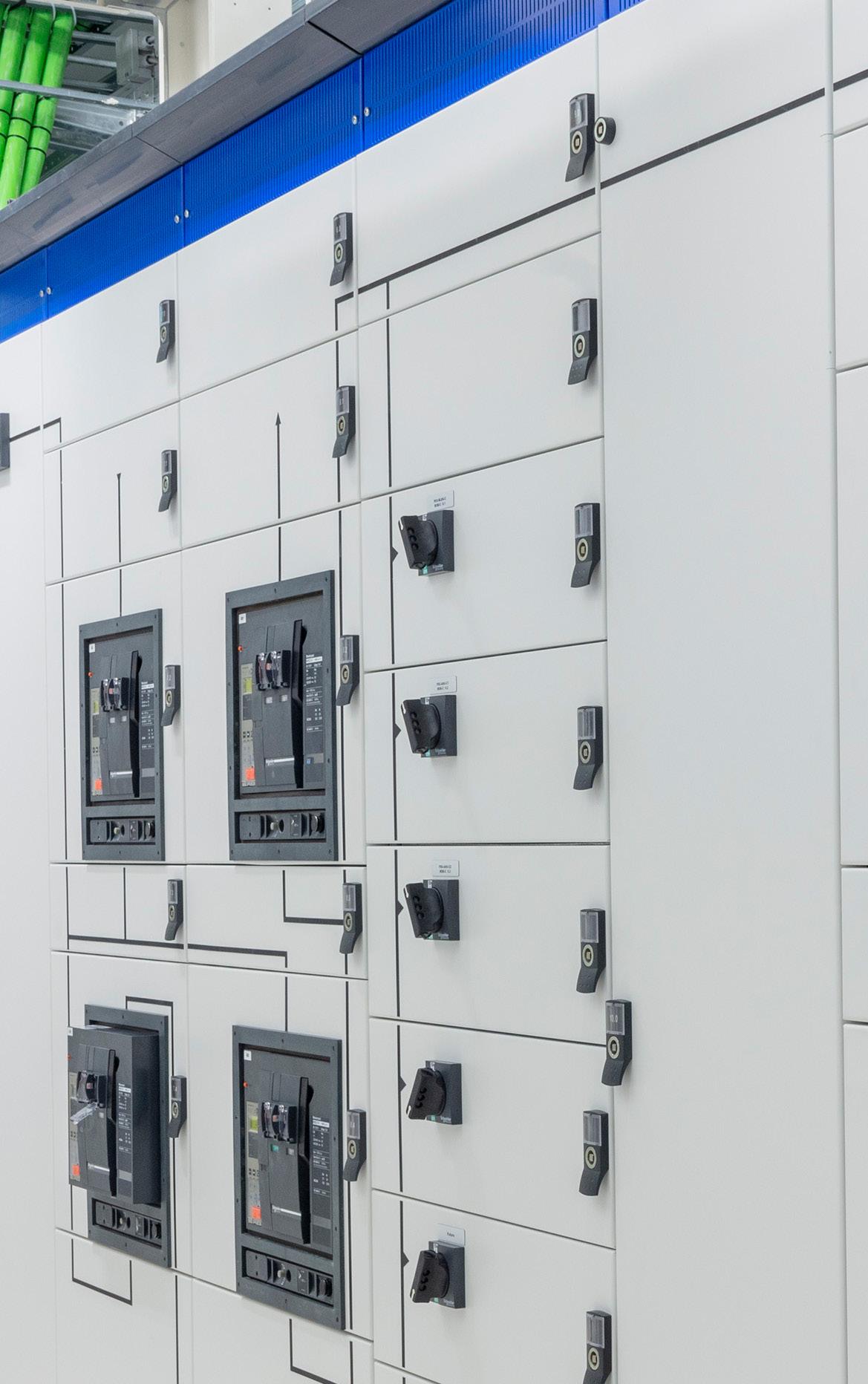
From there, Gregor and his brother spent a lot of time optimising their technology and innovating in the data centre space.
“They achieved this not just by buying everything that was on catalogue, but by actually thinking for themselves what they needed and reinventing smarter and better solutions. In the end, this led to very efficient solutions that we developed ourselves and in-depth knowledge on cooling systems, modular design, construction and energy efficiency.
“Today, Switch still has a natural focus on independent development. We have a lot of engineers that have a thorough background in industrial design, meaning we have all the knowledge in-house that we need.”
30MW Switch Datacenters currently operates around 30MW of IT data centre capacity
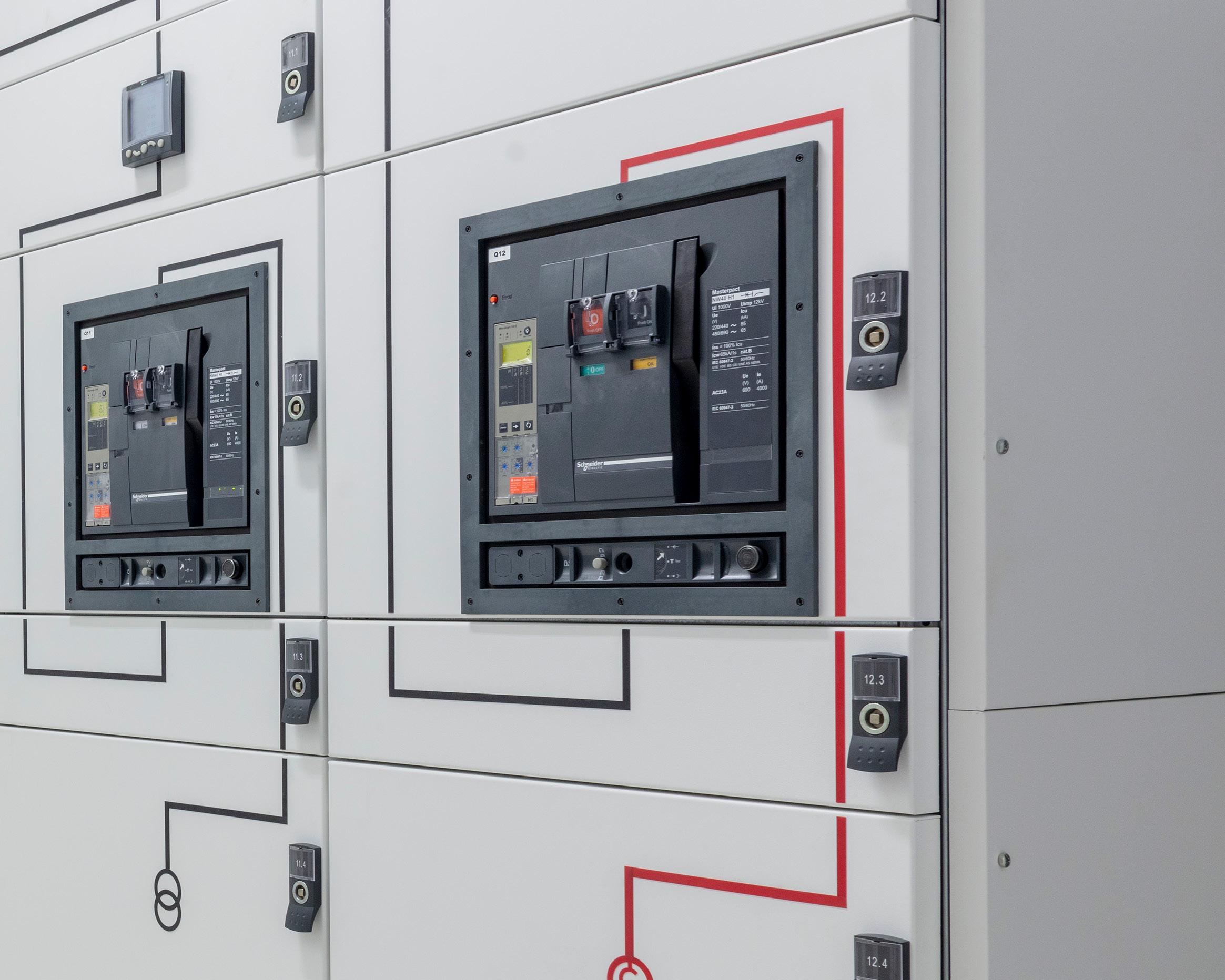
“At this point in time, we’re one of the best at finding and developing new plots – and we do this in a totally different way to a lot of our competitors. The reason we are good at this is because we focus on Amsterdam, and we know the Amsterdam market inside-out. We know the language, we know the politics, we know how to get the power, and we know the right areas for new locations.”
And now, after almost two decades spent establishing its presence in the Dutch market, Switch’s next goal is to utilise its learnings, grow even bigger in Amsterdam and perhaps strategically expand across the continent.
“So we decided, ‘Let's first build a strong base in Amsterdam and, once we have that base and we have those customers on board, we will replicate that model in other countries’.”










